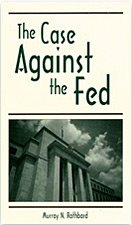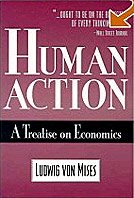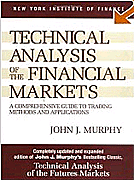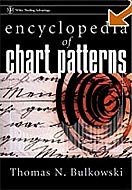James Turk: Central bank dishoarding isn't breaking gold
GoldMoney founder James Turk, editor of the Freemarket Gold & Money Report and consultant to GATA, writes in commentary posted today that the recent huge increase in central bank gold dishoarding has failed to break the gold price appreciably in any major currency. That dishoarding will pass as gold consolidates, Turk writes, and soon gold will be reaching record levels in all currencies.
Gold From Different Perspectives
European central banks continue to dump gold. A new report by Don Doyle and Neal Ryan of the Blanchard Economic Research Unit observes: "ECB banks have not sold this much gold in such a short time period in the life of the 2nd Central Bank Gold Agreement. In the last ten weeks, ECB banks have sold over 120 tonnes of gold into the market ($1.9 billion in euros or $2.55 billion in dollars). In the previous six months, ECB captive banks sold only 112 tonnes into the market." Their full report is at this link:
http://news.goldseek.com/GoldSeek/1179846240.php
Clearly, central banks are lining up to keep gold from climbing higher, and to keep it below the critical $700 level. Central banks, however, are only buying time. They are fighting a tidal wave of money fleeing from fiat currency into the safety and security of gold, which is the only money not dependent on some government's or a central bank's promise. This observation brings up an important point.
Because central banks can through their monetary policy control the buying power of their domestic currency, it is easy to accept the notion that they can control the value of all money, including gold. This notion, however, is incorrect because gold and national currencies are fundamentally different.
Central bank balance sheets show that national currencies are their liability, while gold they own is an asset. One does not have to be a chartered accountant to appreciate this difference. Central banks can control the value of their liabilities (i.e., their national currency) in various ways. But they cannot determine the value of gold, anymore than they can determine the value of a Picasso painting or any other tangible asset. Only the market can determine the usefulness of a tangible asset, and therefore its value.
Central banks can influence the market process, and right now by dumping their reserves, they are trying to convince the market that gold's value is questionable. But the following charts show that the central banks aren't fooling anyone. Gold is in a bull market, and in order to better appreciate the magnitude of the bull market that central banks are fighting, it is useful to look at gold in terms of different currencies.








Gold is not just rising in terms of US dollars. Gold is rising against all of the world's major currencies. There hasn't been anything like this since the great 1960-1970's bull market in gold, or to phrase that period another way, the great 1960-1970's bear market in fiat currencies.
Importantly, though gold has retreated somewhat as a result of recent central bank selling, the above charts show the impact from this central bank dishoarding has been minimal. As large as central bank intervention has been, gold prices have hardly flinched. They remain within the pennant formations formed over the past year that are consolidating the tremendous gains gold achieved from August 2005 through to May 2006.
This current bout of central bank selling will eventually pass. When it does, we'll look back at it as we now look back on British chancellor Gordon Brown's decision in 1999 to sell one-half of that country's gold reserves, and describe this selling as Mr. Brown's decision is now being described - a colossal blunder.
So I continue to expect that gold will soon exceed US$700, and for that matter, it will also exceed C$800, £350, EUR510, SFr 840, ¥83,000, A$850 and R30,000.
Labels: central banks, James Turk, market manipulation















![[Most Recent Quotes from www.kitco.com] [Most Recent Quotes from www.kitco.com]](http://www.kitco.com/images/live/t24_au_en_usoz_6.gif)
![[Most Recent Quotes from www.kitco.com] [Most Recent Quotes from www.kitco.com]](http://www.kitco.com/images/live/au_go_0030_ny.gif)
![[Most Recent Quotes from www.kitco.com] [Most Recent Quotes from www.kitco.com]](http://www.kitco.com/images/live/au_go_0365_ny.gif)
![[Most Recent Quotes from www.kitco.com] [Most Recent Quotes from www.kitco.com]](http://kitconet.com/charts/metals/silver/t24_ag_en_usoz_4.gif)

















0 ΣΧΟΛΙΑ (COMMENTS):
Post a Comment
<< Home